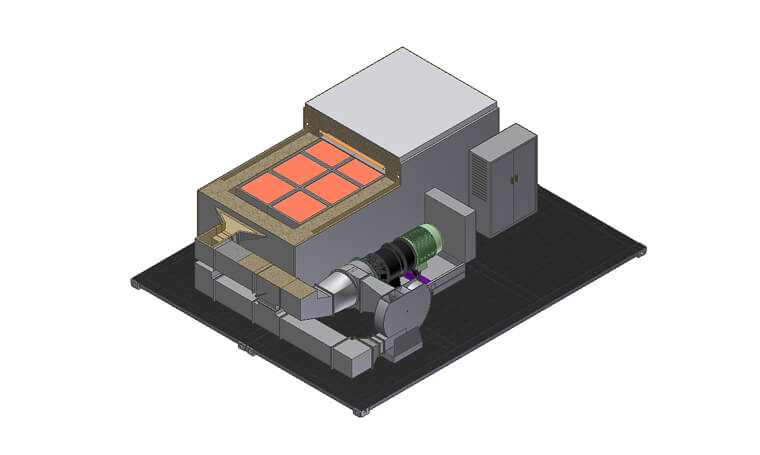
The new TESS storage device is being developed for grid and off-grid applications, and can help with the variable nature of wind and solar power.
Energy storage development company, Latent Heat Storage, has developed a low-cost thermal energy storage system based on the latent heat properties of silicon derived from sand.
The new device – known as TESS – is being developed in South Australia with the help of an AUD $400,000 government grant to take it from prototype to commercial reality.
The TESS device stores electricity as thermal energy by heating and melting containers full of silicon. The high latent heat capacity and melting temperature of silicon makes it ideal for the storage of large amounts of energy.
Latent Heat Storage Chief Executive Officer Jonathan Whalley said storage was the next big challenge for energy generation worldwide. “Renewable energy sources generally spill energy due to supply and demand mismatches, so we’ve designed the TESS device to capture this ‘spilt’ energy for later use or release to the grid,” said Whalley.
“Our system also means that energy consumers will be able to purchase stored electricity off-peak at low tariffs, which ultimately means cheaper energy,” he added.
A key benefit of the TESS device is its capability to handle an increasing workload — from 500-kW applications through to an industrial-scale of up to several hundred megawatt-hours. That’s enough to power about 7000 homes for a day.
The patented device is small enough to fit inside a 20-foot shipping container but is readily scalable as demand requires.
TESS is suitable for grid and off-grid applications and has been designed to overcome the intermittent nature of renewable energies such as wind and solar power by providing a stable energy output suitable for baseload power.
It can be integrated anywhere within an electricity network and is suitable for commercial and industrial businesses where heat and electricity are required such as hotels, schools and hospitals.
“After three years of research and development, our key objective now is to complete building a commercial prototype of the TESS device and start showcasing its potential to global markets,” Whalley said.
A commercial prototype will be ready in early 2016 to be used as a selling tool to potential clients, and Whalley said devices would initially be built to meet the needs of individual sites rather than mass produced.
The Australian Government grant, through its Entrepreneur’s Programme, has been matched by Latent Heat Storage shareholders to generate $800,000 of total project funding. The device has been developed in partnership with Adelaide-based engineering consultancy ammjohn, and final year engineering students at the University of Adelaide.
Whalley said the commercial introduction of energy storage systems would encourage more renewable energy generation such as wind farms and solar arrays. “Energy prices are increasing around the world while storage technology costs are reducing, so we’re approaching the tipping point where energy storage systems are finally becoming commercially viable.”
“We are developing an energy storage system to meet market demand … we anticipate that this will result in exponential growth of the energy storage market worldwide,” he concluded.
Latent Heat Storage
www.latent-heat.com
Filed Under: Energy storage, News




